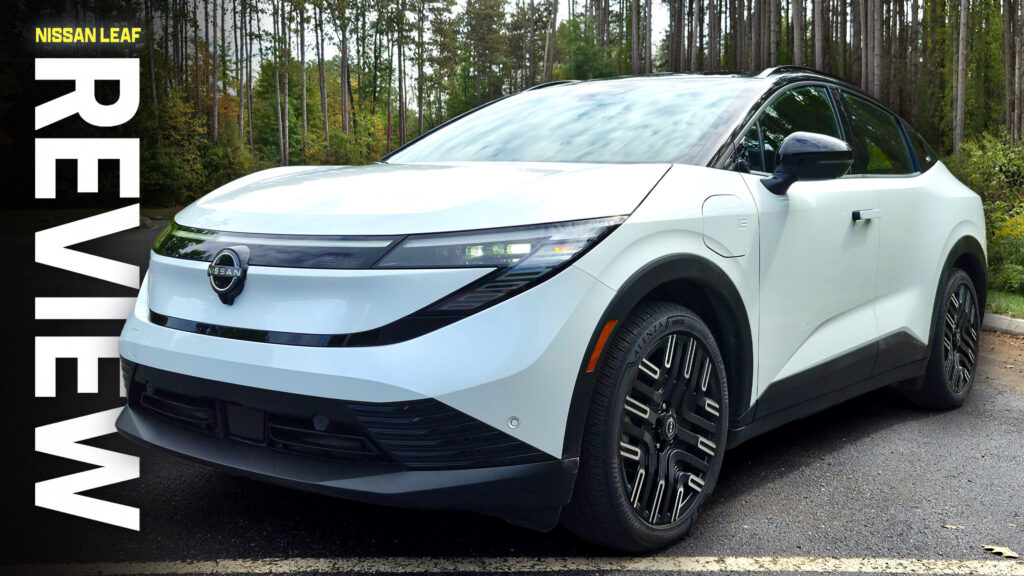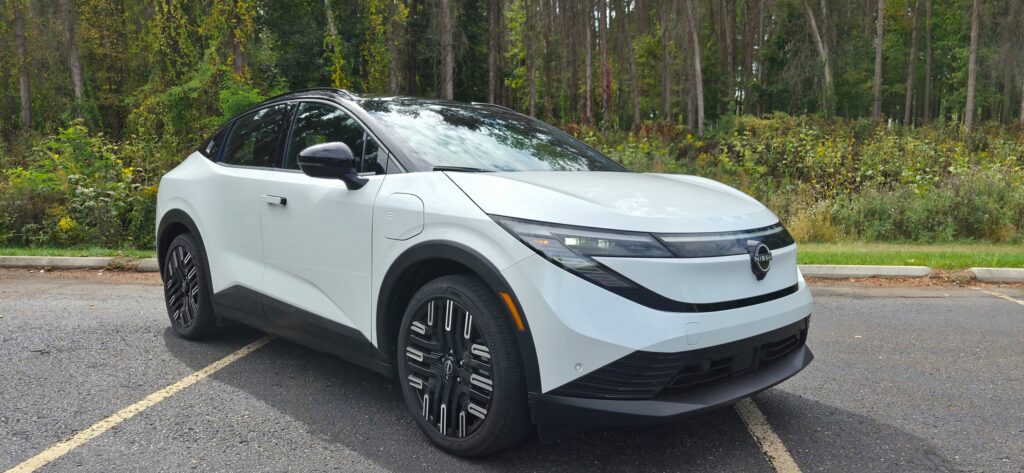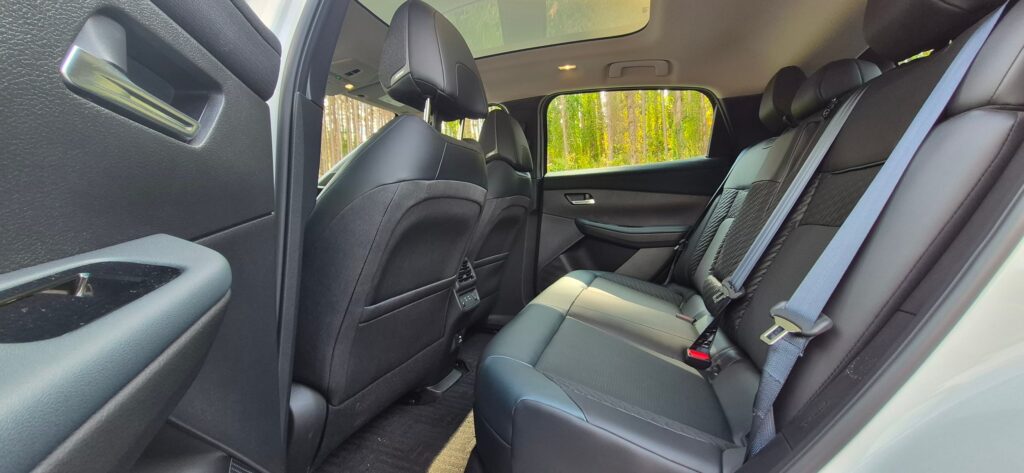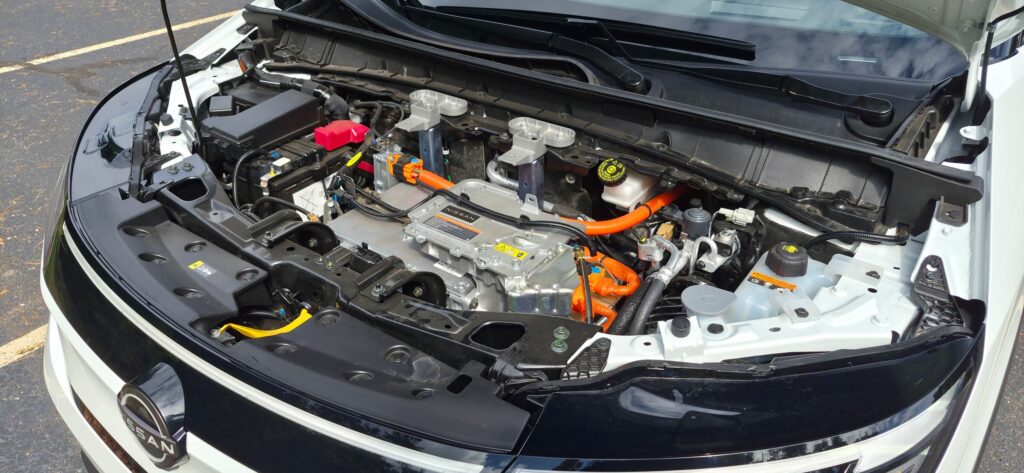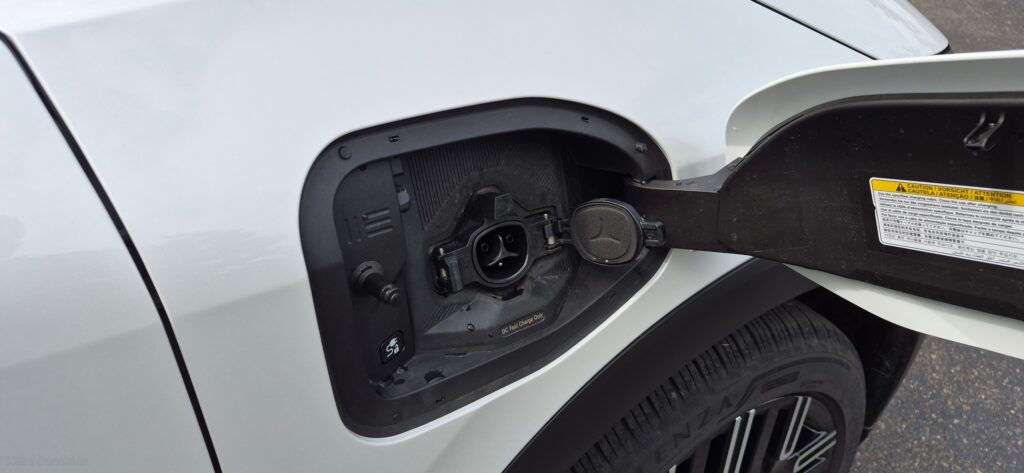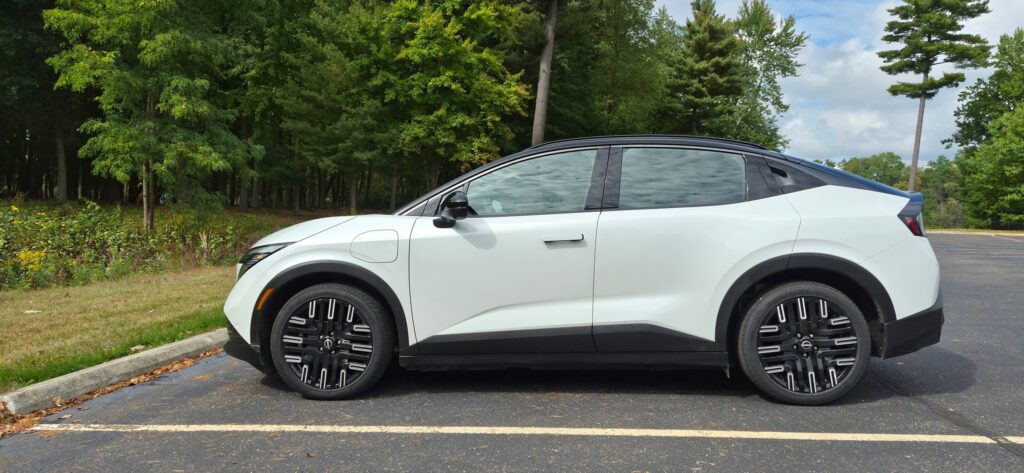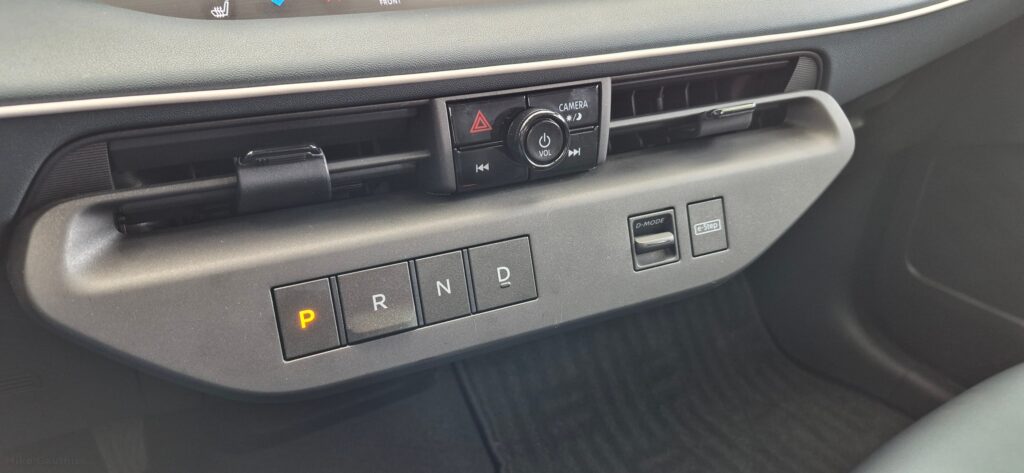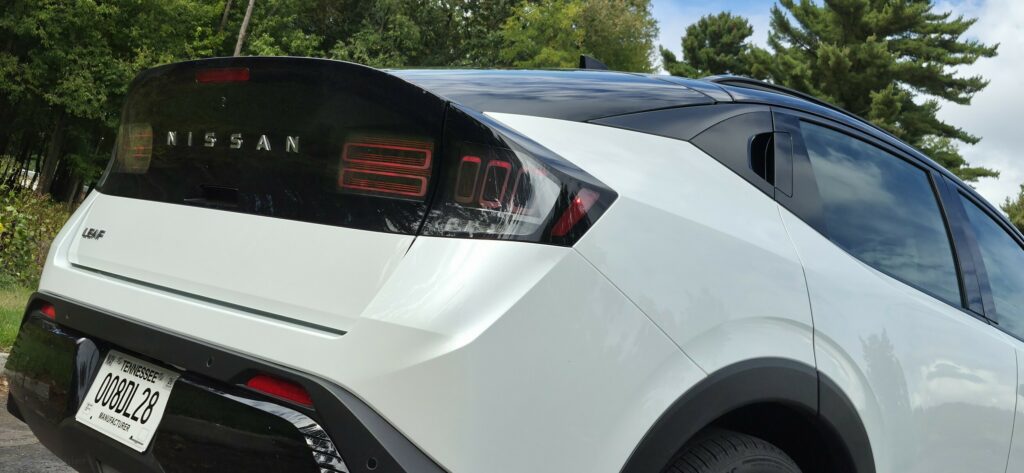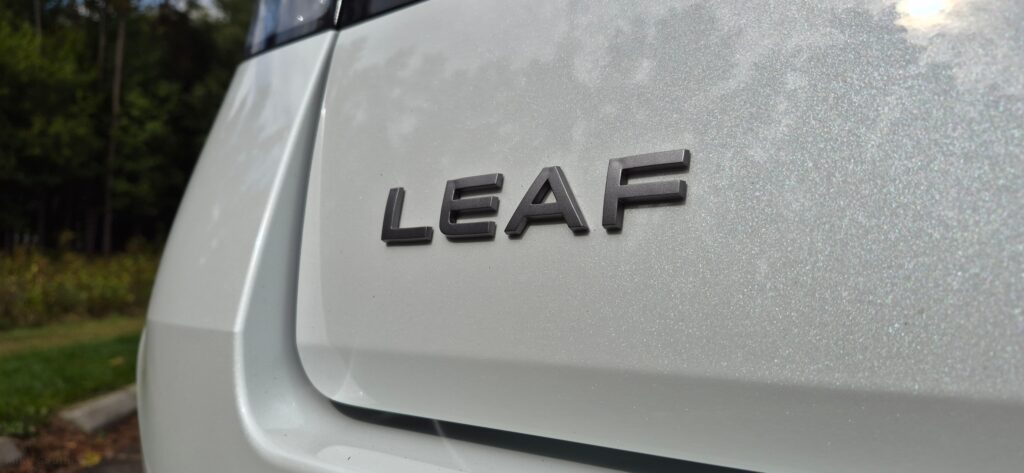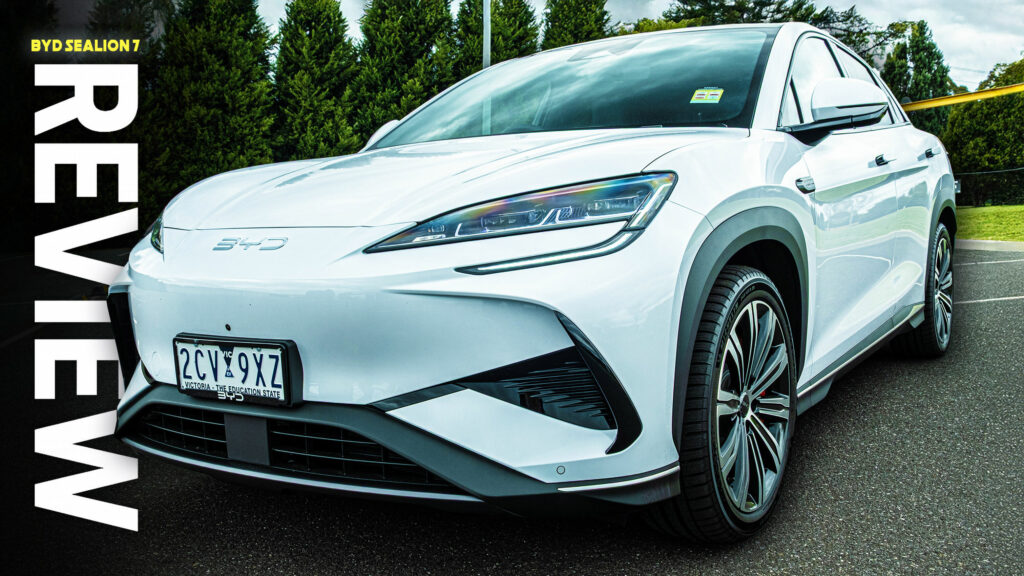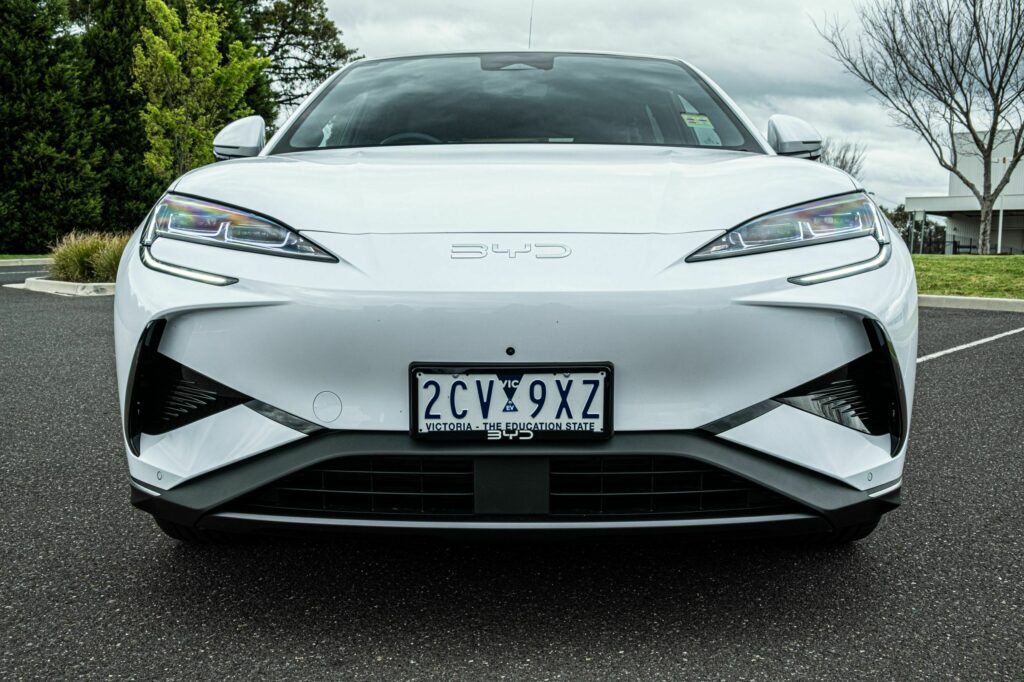The 2026 Kia EV6 GT-Line Still Feels Great Yet Something’s Missing | Review

Electric cars have come a long way in a short time, and few have made as much noise, or driven as well, as the Kia EV6. When it first arrived, it wasn’t just another entry into the EV race; it felt like a genuine shift in direction for Kia. When we first drove it, we called the EV6 the new EV benchmark.
Fast-forward a few years, and this not-quite-hatchback, not-quite-crossover remains one of the brand’s best creations. It’s a car that still makes a strong first impression, though the road ahead now looks tougher than ever.
Despite that unusual profile, the EV6 found steady momentum early on. Sales rose from its first year (18,249 units) to its second (18,879), and again into its third (21,715). Yet 2025 tells a different story, with numbers slipping fast to 11,077 through September.
The shape hasn’t changed, the fundamentals haven’t faltered, and on paper, it remains a strong contender. So what’s behind the slowdown?
QUICK FACTS
| › Model: | 2026 Kia EV6 GT-Line AWD |
| › Starting Price: | $58,900 (excluding $1,475 delivery) |
| › Dimensions: | Length 180.9 in (4,595 mm) Width 73.0 in (1,854 mm) Height 67.0 in (1,702 mm) Wheelbase 105.9 in (2,690 mm) |
| › Curb Weight: | 4,906 lbs (2,226 kg)* |
| › Powertrain: | Dual motor electric |
| › Output: | 320 hp (238 kW) |
| >0-60 MPH | 4.8 seconds (GPS verified) |
| › Range | 270 Miles |
| › Efficiency: | 3m/kWh |
| › On Sale: | Now |
*Manufacturer
To find out what might be causing low sales this year, we picked a 2026 EV6 GT-Line AWD up for a week to treat it as our everyday driver. We tested it on the highway, in urban cityscapes, and even on some gravel roads. This is still a good car, and better than it was back in 2022, but is now harder to recommend than ever before. Read on to find out why.
Shape and Presence
Photos Stephen Rivers for Carscoops
The general shape of the EV6 is unchanged since 2022. We’ve reviewed it in different years and in different markets, and one consistent charm has been its dapper styling. For 2025, the car received new front and rear-end lighting elements.
They are genuine standouts in a market full of somewhat boring-looking light housings. There are updated wheels, lower bodyside moldings, and bumpers that continue in 2026 unchanged.
One standout is the spoiler that splits in the middle and flares out at each end. It sort of looks like a backward driver’s cap and adds just a bit more personality to an already effervescent automobile.
Overall, this is a mostly cohesive design that turns heads without being too shout-y. The Wolf Gray paint on our test car certainly imbued that ethos.
Interior

The cabin got an update in 2025 as well, so there’s a new steering wheel that the EV6 shares with other Kias. Our GT-Line trim also benefits from a heated steering wheel, dual 12.3-inch panoramic screen displays, a heads-up display, heated and ventilated front seats, heated outboard rear seats, Meridian speakers, a wireless device charger, and a huge power sunroof.
Let’s break that list down a bit and discuss real-world experiences. The tech package in this car is great. The infotainment screens are responsive, provide excellent graphics, and have easy-to-navigate menus.
Some of the steering wheel controls can take a bit to learn, but once familiar, they feel like second nature. The heads-up display is bright, configurable, and can even incorporate navigation directions.

Kia has also updated the seat heating and ventilation buttons on the center console. No longer are they haptic ones that can end up activated accidentally. Instead, they’re genuine hard buttons, which is a step in the right direction.
Unfortunately, Kia continues to try and push its dual-mode HVAC/Media control system with a haptic button that changes the controls from one to the other.

I’ve griped about it plenty, so I won’t do it again here, but it’s annoying – especially when there’s clearly space to just put a second row of the same controls right under the current one and end the need to switch from one profile to the other and back.
The seats are some of my favorites in this segment. They combine good lateral bolstering with solid adjustability and support. I especially like the headrest design that has multiple settings both horizontally and vertically.
Forget the type that just pivots on the bottom; these move as one unit forward or back to your desired position. If there’s anything I’d complain about, it’s that as a guy who stands 6’6’’, I could use about one more inch of headroom.
Photos Stephen Rivers for Carscoops
That goes double for the rear seats, where I have okay legroom but again lack space for my noggin. Of course, the majority of back-seat passengers in the EV6 will likely fit just fine, and they’ll have access to bun warmers in the process.
The cargo space provides 24.4 cu-ft of space. Sadly, the front trunk is only big enough for a few small accessories like charging adapters or a few tools.
Drive Impressions

As an automotive journalist, you sometimes have lots of access to cars. You’ll get one, sometimes two, every week. So far this year, very few have implored me to drive them as much as the EV6 GT-Line. Despite the fact that I don’t fit perfectly in it, I made up random excuses to go drive this thing.
Since the first time I tested one, it’s been clear to me that the folks behind the Stinger GT may have had a hand in its creation. It’s no Tesla Model 3 Performance, but it ain’t far off.
Granted, this is the 320-horsepower (238 kW) dual-motor-equipped version of the EV6 that also makes 446 lb-ft (605 Nm) of torque. It’s no slouch, but even the base models aren’t what we’d call slow.
That said, this is the best of the bunch for 2026 – unless, that is, Kia brings the GT back soon. It feels like it, too, with instantaneous acceleration, tight body control, and verbose steering feedback that makes hitting apexes a breeze.

The one big complaint I have behind the wheel of the EV6 GT-Line AWD is that the ABS is still a bit too eager to kick in under hard pedal engagement. This was an issue with the more powerful GT, and remains to this day. With that in mind, it’s something drivers should almost never encounter regularly this side of a track day.
How does such a sharp driver’s car handle everyday fair? The answer is, with aplomb. The EV6 has an Eco setting that dials things down to a comfortable six or so out of ten. The throttle softens up, the steering relaxes, and the whole car feels a touch more willing to float over bumps rather than pound them back into the pavement.
Speaking of poor road conditions, they rarely upset the EV6. It’s composed and calm over everything aside from an actual dirt or gravel road. Even there, the weight balance and excellent motor tuning make it playful, predictable, and fun. The cabin is well insulated, too. Wind noise just isn’t an issue here. All in all, it’s a great car to drive.
Charging And Efficiency

Including the week that we piloted the EV6, it had been over 900 miles since the last trip odometer reset. In that time, it managed exactly 3 miles per kWh.
That will no doubt change based on how one drives, but it’s a solid score. In our one testing foray with the car, it went from 19 percent to 97 percent on a 125 kW charger in 49 minutes.
Seeing as we charged at a public station, it cost us $28.55 to do so. Kia now uses the North American Charging Standard plug type, which makes it compatible with Tesla Superchargers.
In Eco mode, the EV6 predicted we had 283 miles of available range when full. We never found out because I couldn’t bear to keep it in Eco for that long. Sorry, not sorry.
Competition
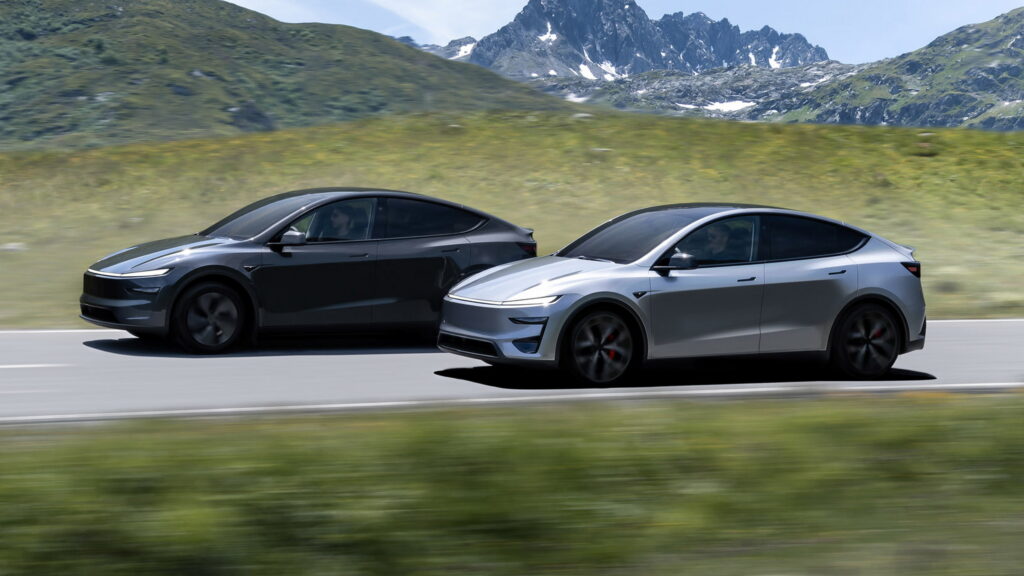
When the EV6 first arrived on the scene, it undercut the competition by tens of thousands of dollars. That’s not an exaggeration. The base price for a Model Y at the time was $58,990. The Ford Mustang Mach-E was $42,895. The EV6 was $40,900.
Several years on, it’s only increased its MSRP by $2,000 if we don’t count destination and delivery. That’s impressive, but the competition is far stiffer.
The Model Y now starts at just $39,990, and even the next trim up costs only $44,990. A top-of-the-range Performance starts at $57,490. Our Kia EV6 GT-Line AWD has an MSRP of $60,740 with delivery.
That would make perfect sense if it were beat-for-beat on par with the Tesla, but sadly for the Korean automaker, that just isn’t the case. Tesla offers more range, similar performance, a simpler buying experience, more towing capacity, and more cargo space.
Add to that competition the also excellent, and similarly equipped, Hyundai Ioniq 5. It’s a tough market, and it’s possible that the EV6 hasn’t improved enough, or dropped its price enough, to remain seriously competitive.
On top of that, we have the problem of the used market, which sees similarly equipped low-mileage EV6s go for roughly 60 percent of their original MSRP with regularity.
Final Thoughts

At the end of the day, this is still a good car. One could even call it great. It’s certainly a blast to drive. I think it’s more attractive than most in its segment, too. It’s practical in that it’s a hatch with decent boot space and reasonable seating for five.
While it doesn’t have as much range as some of its competition, it’s more than enough for most drivers. What really makes it hard to recommend it, then, is its price. Drop that by somewhere between five and ten percent, and it would feel far easier to justify.







